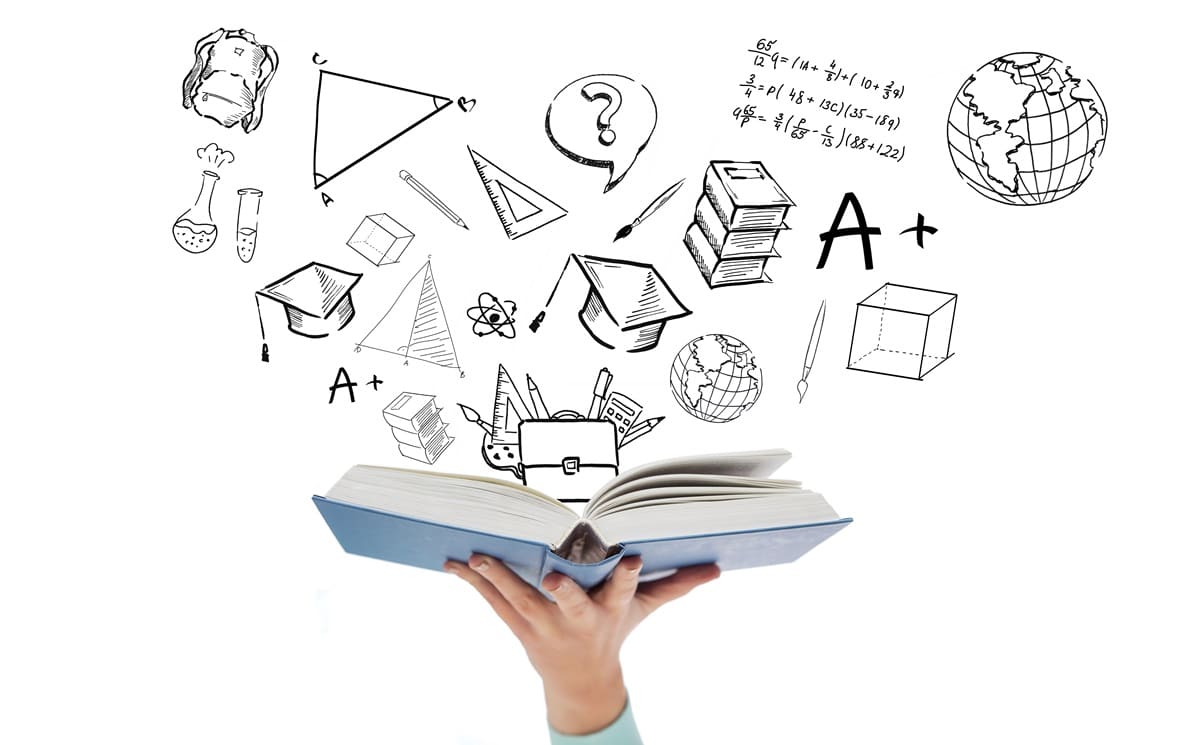Should you continue with the lesson if students have not understood the most essential knowledge? This is the question addressed in 'Mastery learning', the teaching method that divides content into learning units with defined objectives: through them, students must demonstrate a certain level of mastery in each block before moving on to the next. As teacher Sal Khan states in this video, this approach encourages a growth mindset, perseverance and deep understanding, allowing students to achieve a solid foundation of knowledge and, therefore, their full potential. He also adds that the key is to keep in mind that not all students progress at the same pace and that it is necessary to pay attention to individual understanding.
How does this strategy work?
According to the study 'Mastery learning in the light of educational research', traditional approaches teach content for a fixed period of time and assess students based on how much they have learned during that period, while 'Mastery learning' argues that progress depends on the time needed to master all that content. Likewise, another aspect that can also be drawn from this research is that with enough time and support, students come to master what they learn. Based on this idea, psychologists Paul Gentile and Paul Lalley established thirteen steps to carry out the 'Mastering learning' methodology. 1. Divide content into significant units with a certain duration, for example two weeks. 2. Decide which information and skills are essential for all students, and which are optional and can be used for enrichment activities. 3. Order everything in a sequence and define the objectives of each unit. 4. Identify prerequisites for mastering the stated objectives so that they are assessed and, if necessary, taught before beginning. 5. Create multiple versions of tests to assess mastery of a topic. Each student must have at least three questions with a similar level of difficulty and focused on the same learning objective. 6. Establish the requirements for moving on to the next unit as well as the consequences of not achieving it. 7. Create enrichment projects to motivate students and go beyond mastery of the basics to raise their grades. 8. Teach everything necessary to achieve the objectives. 9. Optionally use a pretest to measure what students know before beginning or a test with a practical focus while they learn. 10. Give the first test at the time initially established. 11. Schedule a make-up test while other students who have passed the unit work on enrichment projects. 12. Continue with the next unit. 13. Establish a way to provide the overall grade for all knowledge units.

The ultimate goal is to leave no one behind and for all students to learn all subjects equally. This eliminates the stigma of part of the students' inability to learn by allowing them to progress at their own pace, thereby strengthening their confidence and encouraging greater participation and resilience in the face of difficulties. In addition to providing greater security, these are some of the other most notable benefits provided by the 'Mastering learning' methodology:
Preparing students for success. By enabling everyone to progress at their own pace, the gap between different skill levels is bridged.
Motivation to keep learning. Free them from the pressure of competing for grades by viewing learning as a collaborative and enriching activity. They explore content for the joy of learning rather than worrying about getting bad grades.
Motivation to take control of your own educationThey know they can take their time and seek help until they master the subject. This increases their autonomy and commitment to their own progress.

